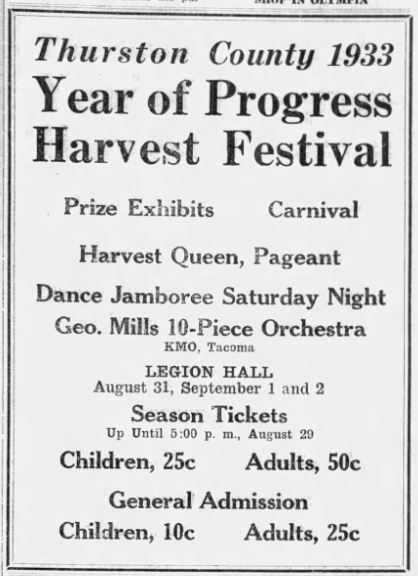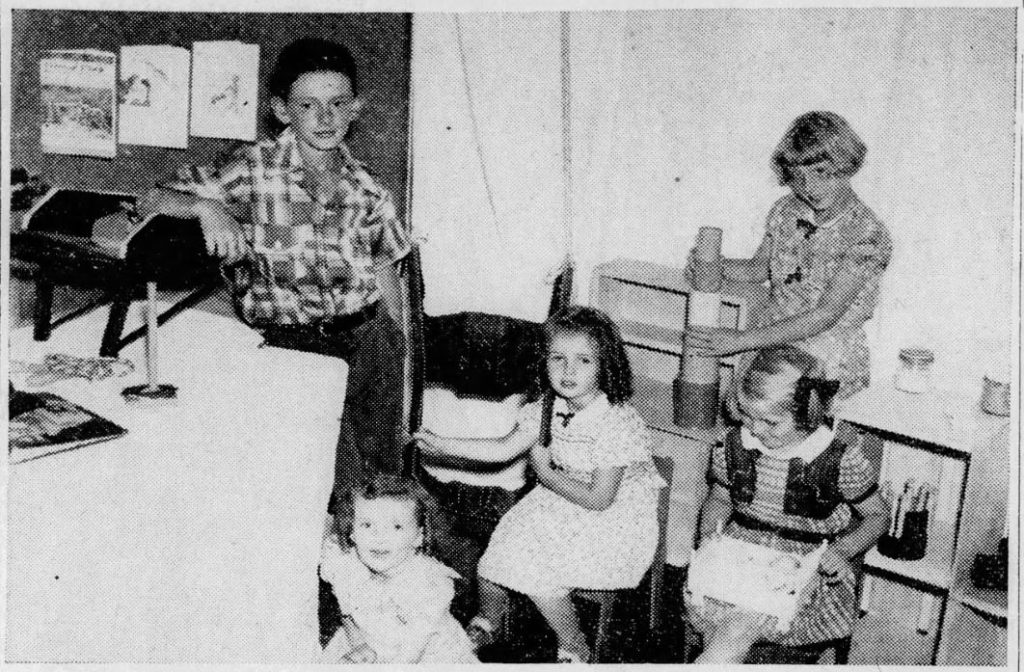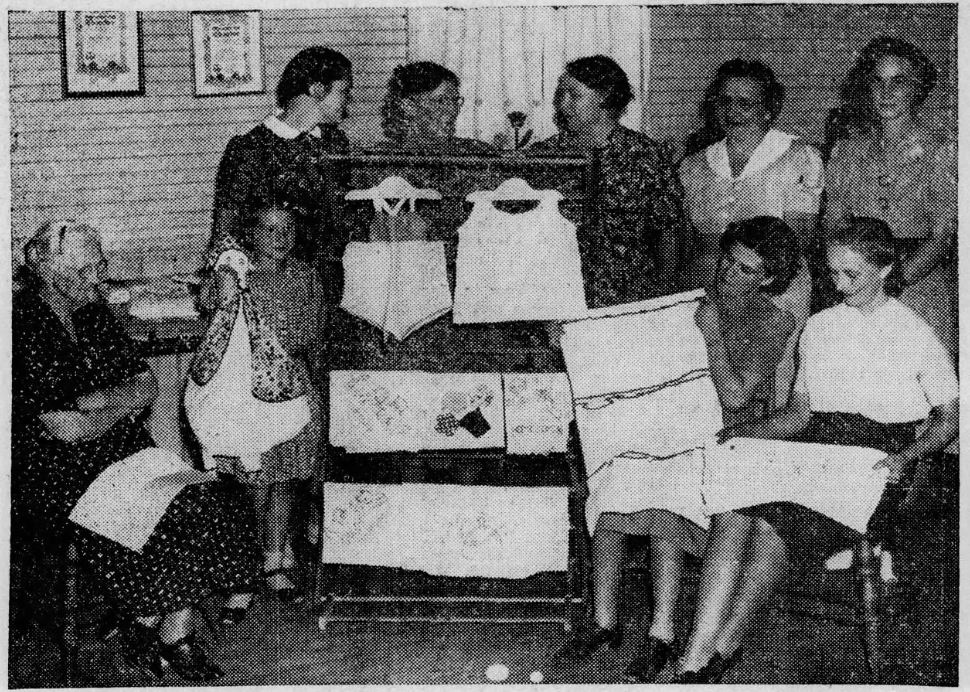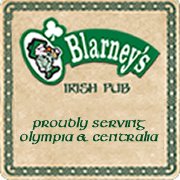During the Great Depression, county fairs struggled to attract visitors. While many shut down completely, the Thurston County Fair adapted, creating an annual multi-day 4-H Harvest Festival held in late August or early September that brought together 4-H groups, Homemaker Clubs and Granges from around the county, as well as the general public.
From Thurston County Fair to Harvest Festival
The first Thurston County Fair was held in 1871 at Columbia Hall in Olympia. Over time the fair was held off and on at various locations around the county. In 1930 the fair was at both Tenino and the Lacey race track. There was even a chariot race at the Lacey venue! But then the Great Depression caught up with them.
Farmers across the country had already been struggling and the economic collapse brought even harder times. Thurston County did not hold a fair in 1931, but by the next year planners had come up with a cost-savings solution: centering on the 4-H.
Rebranded as the Thurston County Harvest Festival, it opened in September at the American Legion Hall in downtown Olympia. To advertise the event, organizers distributed “potato money.” These specially marked spuds were backed by local businessmen and declared legal tender within Olympia city limits for a short time.
Contests were open to boys and girl members of the 4-H, as well as adults belonging to homemaker clubs and granges, the general public and other clubs. People competed in many contests, including canning, clothing, flowers, fruit, livestock, quilts, rugs and vegetables. 4-H members held demonstrations of cooking and crafts. Homemaker clubs had educational exhibits. Noted Seattle newspaper home economics columnist Bernice Reddington, pen-named Prudence Penny, judged rugs and quilts. One of the biggest draws was a carnival in the street in front of the hall, with a merry-go-round and displays by granges and the Washington State University Extension office.

The following year the Harvest Festival, still at Legion Hall, was bigger than before. The optimistic theme of the 1933 fair was “Year of Progress.” It opened with the annual Olympia Pet Parade, led by Miss Thurston County who was crowned after the procession. She won her crown by selling the most tickets to the fair. The carnival had grown as well, with a Ferris wheel, merry-go-round, refreshment booths, and wrestling match. Evelyn Pattison from Carmel, California, put on a marionette show for the carnival. Mrs. Edmond Petitclerc of Schneider’s Prairie even organized a Harvest Festival pageant to celebrate the county’s “year of progress.” The event ended with a harvest dance and an auction of cooked foods. 3,000 people attended the fair.
Moving the Harvest Festival
But while the Thurston County fair had been growing, the Great Depression had too. Despite a good program, attendance to the fair in 1934 dwindled to 900. There was also no street carnival.
Faced with financial issues, the harvest festival adapted again, moving in 1935 to the Chambers Prairie Grange, now a Starbucks coffee shop at the corner of Yelm Highway and Henderson Boulevard. Prizes were changed from cash to ribbons. The Grange proved a good site, and the grounds, grove and nearby Hays School playshed were used for additional exhibits, including the Thurston-Mason Jersey Cattle Club, which held cattle shows at the fair during much of the decade. The event was also free, attracting overflow crowds. The fair would continue to be free throughout the period.
It was held again at the Chambers Prairie Grange in 1936 and 1937, expanding to use the Hays School as well. An outdoor cafeteria helped pay expenses. In 1936, 4-H members competed for Thurston County’s six minutes of a national NBC radio broadcast about 4-H work. The topic was clothing.
The Extension Office also had elaborate displays, including a model “modern” farm versus “Peter Tumbledown’s” ramshackle farm. The next year the fair had a special category called “good intentions,” of incomplete projects with prizes for the oldest, funniest, and oddest. The winner for oldest was a quilt begun in 1896!
In 1938, the Harvest Festival fair moved to the Tumwater School, which provided more space. Booths lined the basement, halls and classrooms of both stories, leaving the auditorium open for evening events, always a highlight of the fair, which included music, tap dancing, and pageants by local performers, often 4-H. This year members of the CCC camp at Rainier put on a display of their paintings, sketches, photographs and other handicrafts.

World War II Coming
The fair remained at the Tumwater School in 1939 and 1940. Thrift was still the order of the day, and one contest was a “Dollar Dinner.” Two 4-H girls would team up to plan, prepare and serve a meal for six people that cost a dollar. The menu the following year included pork chops, string beans, potatoes, lime JELL-O, cottage cheese salad and peach upside-down cake.

In 1941, the Harvest Festival settled into its new home at what is now Heritage Hall on Carpenter Road in Lacey. Built by the WPA, this structure is at the heart of the current Thurston County Fairgrounds.
The 1941 gathering would be the last Harvest Festival. No fair was held during World War II. After the conflict ended, the event returned as the Thurston County Fair in 1946. But that was made possible only because of the persistence of fair organizers, participants and visitors who kept the Harvest Festivals going throughout the hard years of the Great Depression.




















































